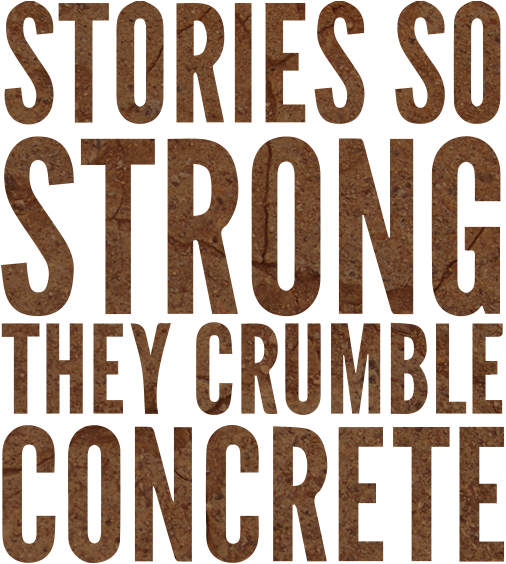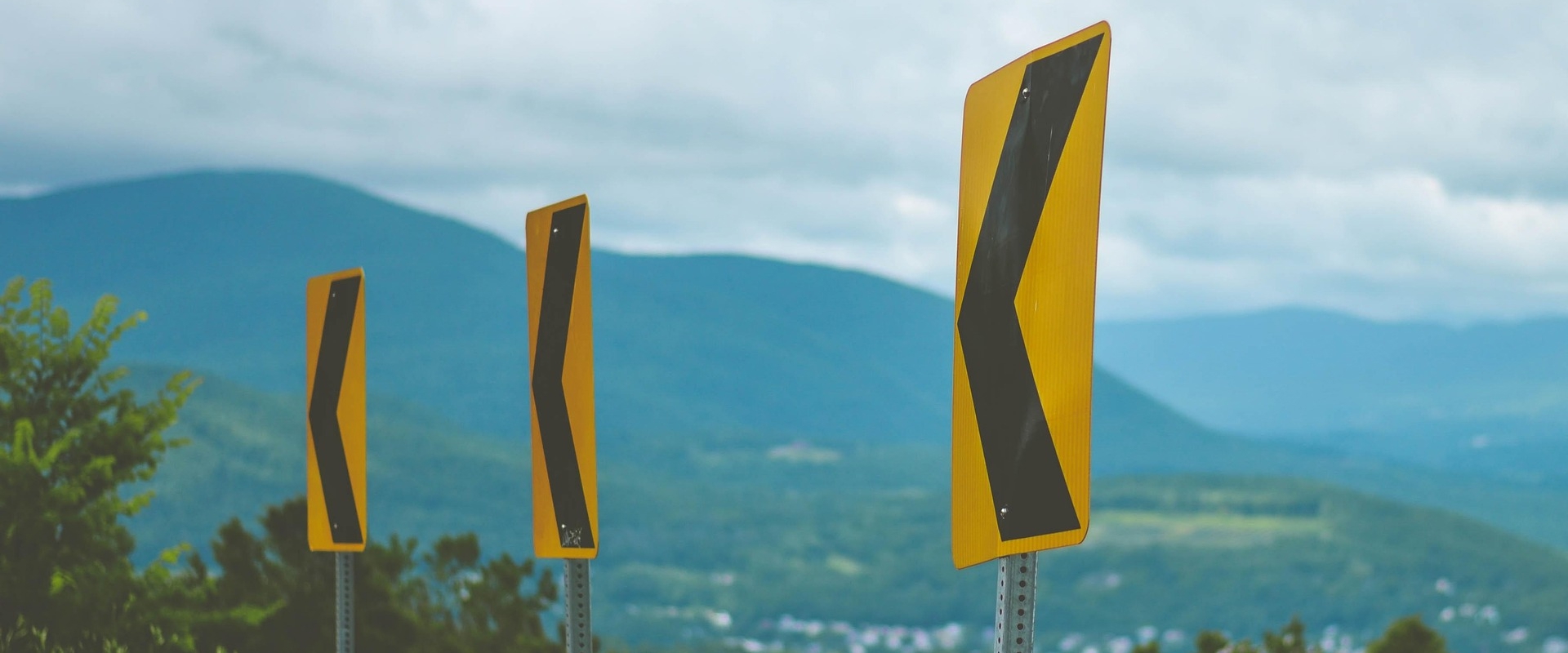Prison Industrial Complex
“Life, Liberty, and the Pursuit of Happiness for Incarcerated Women”: Comments from “Race, Class, Gender and the PIC” a panel discussion that occured as a part of Voices in Time, Lives in Limbo
by Karen Shain
I have a daughter who’s in the 8th grade. I don’t know about here in Illinois, but in California 8th graders study American history. She had to memorize the Declaration of Independence and we started talking about “life, liberty and the pursuit of happiness.” One thing we’ve talked about in our house is the issue of human rights and how human rights relate to American history. I do a lot of work with women and prison and I think that looking at incarceration in this country in the context of international human rights approach may really help us because we’ve been doing legal work trying to change the situation and we haven’t gotten very far. We’ve won a lot of lawsuits, but our clients are still dying, they’re still losing their children, they’re still not able to be with their families, and they’re still being horribly discriminated against when they get out of prison. So we are in the process of trying to look at this in some other context, looking for some other way. Looking at in terms of human rights is an approach we’re taking in California and that I would suggest you here in Illinois also take. Maybe we can get at some of this through a different angle.
So tonight I want to look at the issue of incarceration through the frame of life, liberty and the pursuit of happiness in terms of what those things mean for incarcerated women. In my office we’ve been trying to improve the healthcare for incarcerated women for almost 25 years. Since the mid-‘80s we’ve been trying to deal with the situation of pregnant women, pregnant addicted women who don’t have access to any other way to kicking their addiction other than cold turkey and immediately go into miscarriage. From there we started looking at some of the medical practices of so-called obstetricians in the state of California. Doctors that practice medicine in the state prison system are often what they called impaired physicians. Pregnant women who go into labor in prison could quite often be treated by a doctor who has as difficult an addiction problem as the prisoners do. So the whole question of life - and I know there’s a whole group called the right to lifers. I would like to know what they would think if they saw pregnant women shackled to their beds, shackled to the gurney as they’re taken out of prison to go the hospital, shackled during their entire labor, shackled as they are saying good-bye to their babies, and shackled on their way back to the prison.
I want to tell you the story of a woman named Jennifer. She is a drug addict. She’s actually been clean for a couple of years. She was homeless. She was actually in a drug treatment program, she was arrested, and she has been in and out of the prison system a lot in California. She was last arrested for a parole violation. Right now in California a lot of the women in prison are not in there because they’ve committed a crime, but because of parole violations. That’s what happened to Jennifer. She got sent back to prison when she was three months pregnant. She didn’t have a judge or a trial because she hadn’t committed a crime. The parole board sentenced her to seven months in prison when she had six months left in her pregnancy. The only reason she was given this term was so she could give birth to the baby in prison, and as hard as we tried, we couldn’t fight it. This type of thing happens often in California and I’m sure throughout the country.
So what will happen to Jennifer’s baby? Luckily she has a strong support system and we actually got an editorial about her in the Los Angeles Times, so she’s become somewhat of a celebrity. So things may work out all right for Jennifer and her baby, but for most women who give birth in prison it doesn’t end up so well. Even if a woman has a relative who wants to take the baby, if that relative has a record, no matter how old it is, chances are they won’t be able to get the baby. So what’s happening is that generation after generation of children is being stolen from their communities. So it affects the children and it affects the mothers, but we also have to look at who these women are and where these communities are. Then we realize that the human rights of an entire population of people, primarily communities of color, are being horribly horribly taken advantage of and children are being lost in the process.
One more thing I want to mention about healthcare is that with the harsher sentencing and longer sentencing what we are seeing in prison is a ballooning of the population of women that are very young and a ballooning of the population of women who are very old. And in prison there’s no retirement plan, no Social Security. If you don’t work, you won’t get your money for commissary. We have one woman named Helen who is at California Institution for Women. She’s 73 or 74 years old. She’s the oldest woman in the prison system. She gets taken out three times a week for kidney dialysis. She also is shackled when she is taken out for her dialysis. She’s supposed to be working the rest of the time. She’s supposed to be sweeping the floors in her unit. Luckily, she’s in a unit where other women are sweeping the floor for her, but really is there any sense to this?
Moving on to the issue of liberty. Really, the worst situation for a woman in prison is the security housing unit, which is solitary confinement. This section is filled with women who are unable to conform to the rules of the prison. Even though it’s illegal, we know that the women who end up “in the shoe” are the ones that are most disturbed, most mentally ill, and really not able to fit into the structure of the prison system. There’s a woman I want to talk about briefly. Her name is Claritha. Claritha could not make it on the street. Her most recent offense was setting fire to some dresses in Macy’s and as soon as she was arrested, she immediately ended up in the shoe. The thing about the shoe is that there is absolutely no privacy. The men aren’t allowed to actually do the stripping down of the women, but they are allowed to watch the stripping down of the women. Now, Claritha has what is called ambiguous genitalia, so although she has always lived her life as a woman, it is actually not clear biologically whether she is a woman or not. This is something that is extremely interesting with the prison guards and any time they get a chance, they strip her down. In the short time that I’ve known her, she’s decompensating and now she’s throwing urine at the guards as they go by. She managed to break the arm of another prisoner, so now she has an additional sentence added on to her time in the shoe. I don’t have a clear solution of what to do with her, but I do know that what they are doing now is not helping and is actually making things much worse. It’s not helping society and it’s not helping her.
As for the pursuit of happiness, you know, there’s been a lot of talk by President Bush about family, about family structure. I would say that one of the most serious attacks on the family structure is this over incarceration of women. I think that it is really time for us to take the family back. These are our families. These are families of color. It’s not President Bush’s family that’s under attack. There’s no reason why people shouldn’t be able to fight to have families. Women like Jennifer should be able to keep their babies. Women like Helen should just be able to go home somewhere. And women like Claritha should just be able to have a life. And everyone who gets out of prison should be able to support their families, but women that get out of prison are faced with enormous barriers; barriers to housing, barriers to jobs, barriers to education, barriers to welfare, and all of these barriers are brought on by the federal government. So Bush can talk in his State of the Union address about how he’s really concerned about the children of prisoners, but there’s one way and one way only that we can really deal with the children of incarcerated parents and that’s to bring those parents home.
The other thing I want to say is that none of this happens without our permission, the permission of us on the outside. I think we have to take this to a higher ground. We should still be fighting on the legal front, we should still be going out on the street, but we should also start looking at the issue in terms of standards of international human rights.




